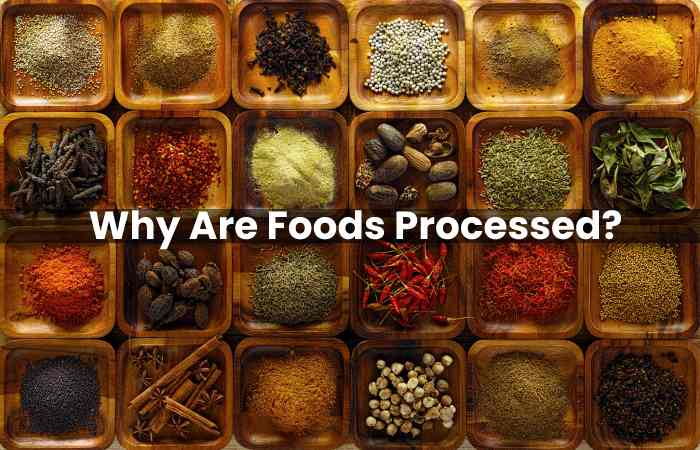The Benefits of a Whole Foods Diet.
Chip bags and cookie boxes are attractive in supermarkets, and snack packs are not engaging in convenience stores. Nutritional studies have consistently shown that whole raw foods, such as fruits, vegetables, whole grains, nuts, legumes, seeds, etc., obtained directly from the ground, trees, or bushes improve health and reduce the risk of chronic disease, is exposure. On the other hand, processed foods (processed foods, refined foods, foods with some ingredients removed, or foods with added ingredients) tend to contribute to chronic diseases. Think of cookies, cakes, white powder, potato chips, margarine, and donuts. These foods are easy to find. They process if they do not naturally exist in nature (or are close to what they look like).
Benefits of an all-food-based diet include a reduced incidence of heart disease, cancer, type 2 diabetes, and metabolic syndrome. Overall, foods tend to be low in sugar and high in fiber, which helps balance blood glucose. They also contain healthy fats that stimulate cognition and prebiotics and probiotics that improve intestinal health. They are also packed with vital nutrients that help your body function optimally.
Related: Eat a rainbow with these four fruits that offer the most significant health benefits
Why Are Foods Processed?
Foods are processed for various reasons: to extend shelf life, improve flavor, improve size and shape consistency, improve aesthetics, or facilitate transportation and eating. In development, there are different levels of processing. For example, steel Cut Auto, Roll Auto, and Instant Auto increase processing but a minimal version of Whole Grain Auto.
Donuts, on the other hand, are highly processed. Donuts are made from white powder, depleted nutrients, fibers, and concentrated refined sugar. Then they fries in oil. The degree of actual food processing is essential, as some processing can be beneficial. For example, freezing fruits and vegetables gives you access to fruits and vegetables throughout the year and extends their shelf life.
Similarly, the mixture of ingredients gives you a delicious spread like hums and pesto. By processing certain foods, such as soybeans, into tofu and soy milk, vegetarians and vegans can also increase the amount of food they eat. Similarly, processing can fill the nutrition gap in people who may be missing certain nutrients, such as iron-fortified cereals and vitamin D-fortified orange juice.

How to Eat a Whole Foods-Based Diet – Benefits of a Whole Foods
Fill your diet with whole untreated (or minimally processed) food. You want to focus on balancing protein, carbohydrates, and fat in every meal and light meal. If you like to eat oatmeal for breakfast, stick to steel cuts or roll out, where all the fiber and nutrients remain intact, as opposed to instant oat, which often adds sugar and other additives. For snacks, look for foods like pistachio. Pistachio provides 6 grams of plant-based protein and 3 grams of fiber per serving to help fuel the body with essential amino acids. In addition, almost 90% of the fat in pistachios is monounsaturated and polyunsaturated. In short, it’s a trio of protein, fiber, and fat that helps you stay full. The combination of pistachio and fruit also increases the intake of antioxidants and fiber.
For lunch and dinner, make plates with lush greenish vegetables, crossed vegetables like broccoli and cauliflower, peppers, mushrooms, and carrots—whole grain powder like brown rice and quinoa. Plant-based protein sources include beans, lens beans, chick beans, pea beans, and tofu. For vegetarians, vegans, and anyone who wants to eat a plant-based diet, there are plenty of all-food-based proteins such as the beans above, lentils, and chick beans, in addition to nuts, seeds, and whole grains. Even vegetables contain small amounts of protein. Minimalized plant-based foods such as tofu, seitan, tempeh, store-purchased hums, and vegetable hamburgers are also excellent choices. The degree of treatment associated with these foods is usually discharge, press, and pounding, rather than frying with additional ingredients such as trans fat, sugar, and sodium.

What Are the Health Benefits of Eating a Whole Foods-Based Diet?
One of the benefits of eating all foods is that they are nutritious. Rich in micronutrients such as iron, zinc, folic acid, calcium, and vitamins A and C. Most nutrients obtain when all foods combine. It is because not only do we get different nutrients from different sources, but combining specific nutrients increases absorption. For example, iron absorption enhances when eaten with vitamin C. Combine lush greens with lemon juice or soak a vitamin C-rich pepper strip in iron-rich humus. Vitamin D and calcium. Two nutrients vegetarians and vegans often pay attention to are another set of nutrients that are best eaten together. Vitamin D helps the body absorb calcium.
